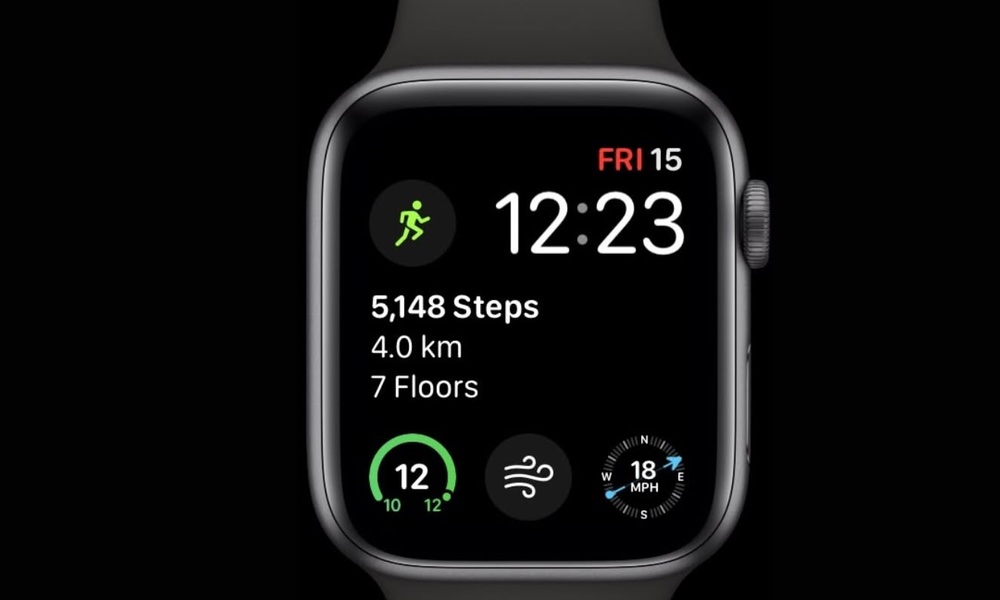Communication is more an art than a science. That's one reason there's been little effort made to teach doctors how to communicate better with their patients. Luckily, better communication is neither hard to do nor expensive, as a study in a Utah hospital shows.
The study focused on doctors, known as hospitalists, who worked exclusively in the hospital and a survey, HCAHPS, that patients fill out after they are released from the hospital. Answers on HCAHPS can affect a hospital's federal funding, with dissatisfied patients leading to lower funding.
The survey results had been getting worse for this group of doctors, so it was decided to try to do something to help improve patient satisfaction.Luckily, better communication is neither hard to do nor expensive, as a study in a Utah hospital shows.
1) Doctors need to pay attention to non-verbal communication and basic courtesies, such as knocking prior to entering examination rooms, closing doors or curtains to ensure privacy and sitting at eye level with patients when talking to them.
2) Bedside discussions should include asking patients about how they are feeling and their pain level, informing them of any important results from exams or tests and letting a patient know what the doctor sees as their major health problems and status — stable, improving or worsening.
3) Doctors should summarize findings and treatment plans in plain English, covering the reason the patient has been admitted to the hospital, the plan for the day and when the doctor would be coming back.
4) Before leaving, doctors should make sure that patients don't have any further questions or concerns, by asking them; perhaps saying, “Did I explain everything in a way that makes sense?”
The program did indeed make a difference. The downward trend in patient satisfaction was reversed for patients of the hospitalists. This is best shown by the changes in how many patients answered “always” to three key survey questions:
If these increases seem small, remember that these ratings had been getting worse before the start of the program. Now they were improving.
The authors emphasize the expected generalizability of these results — if it can work for one group of doctors, they see no reason that it couldn't for others. They also emphasize that the program was neither costly nor time intensive.
The study appears in the American Journal of Medical Quality and is freely available.





